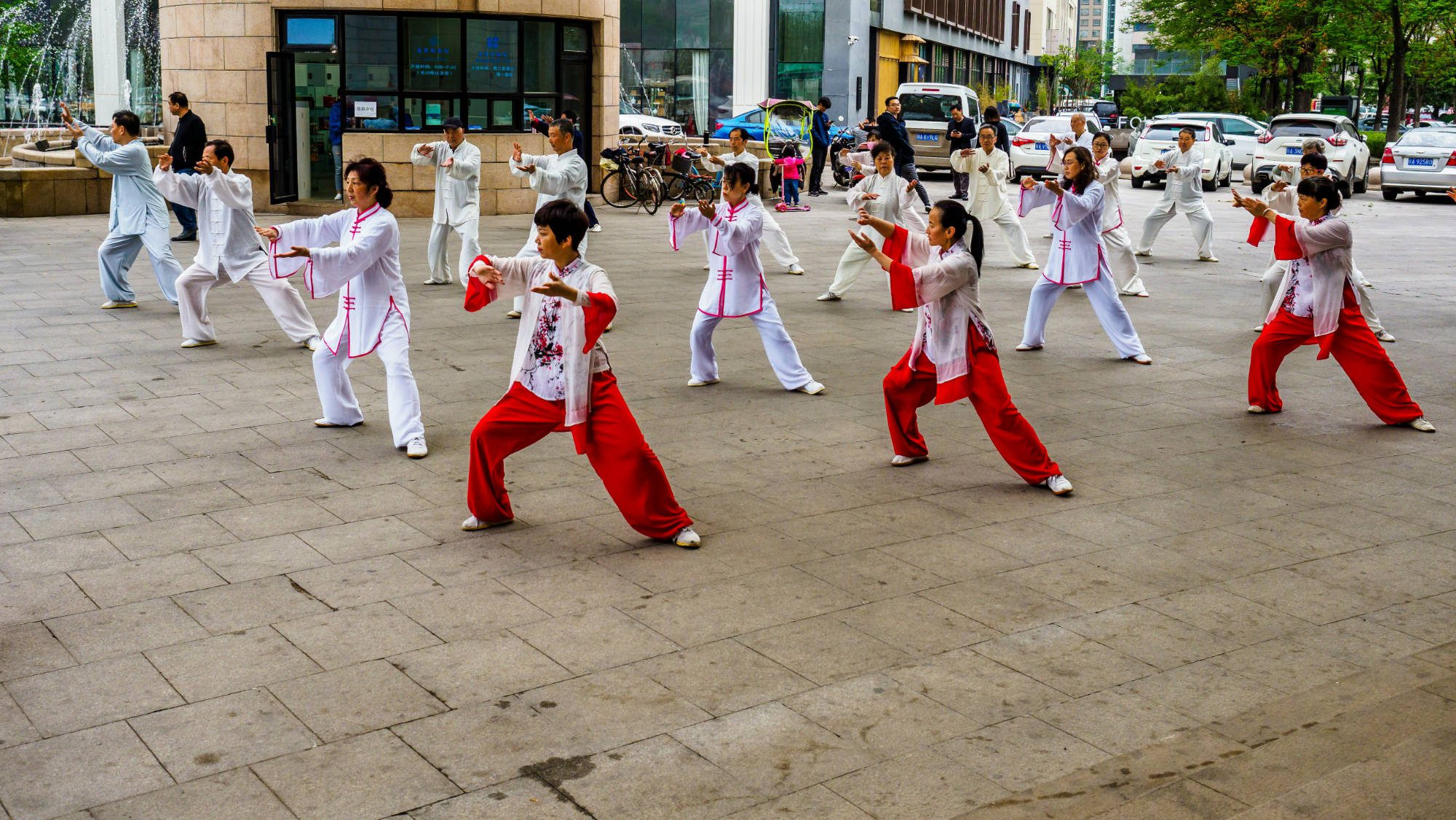Do you like to feel good? Me too. But the vast majority of us are conditioned to extract “feel-goodness” from something out there. We rely on external circumstances and internal thoughts/emotions/sensations to “make us” happy. For those of you interested in diminishing your dependence on external circumstances and internal emotions/sensations for the quality of your moment-to-moment experience, consider mindfulness.
Here Jeremy runs through the basics of mindfulness and its benefits.

Looking at the components of your experience
When we practice mindfulness, it means that we’re practicing bringing more awareness, or mindfulness, to our experience. Our experience, when looked at as a whole, has a range of content. That content can be divided in the following way:
Perceptions
Things we perceive with our 5 senses. Otherwise known as, the world around us. These are sights, smells, sounds, tastes, and touch.
Sensations
Things we sense inside our bodies. These are internal body sensations, and emotions. Emotions, when you take away the label of sad, angry, etc., are actually just internal body sensations that have movement.
Thoughts and Images
These are other internal facets of our experience that are not perceptions or sensations, but are easily recognizable in our own experience.
So, what’s the trick to mindfulness?
To simply be mindful, or aware of, these aspects of your experience. To recognize that you are not perceptions/sensations/thoughts/images, but that in which those those things are occurring or manifesting. You are being mindful, or present, when you are not just smelling, but aware of yourself smelling. Not just feeling sadness, but aware of yourself feeling sadness. Not just thinking about a painting you just saw, but aware of yourself thinking about that painting.
You can develop your mindfulness with mindfulness meditation
To begin practice, simply set aside 5 minutes in a quiet space where you’ll be undistracted. Set a timer, and pick something of which you’d like to practice being aware. (It’s usually easier when your eyes are closed and you’re seated comfortably, but with your back straight). Popular first choices are the sensation of your breathing coming into and out of your body, or the sounds that are happening around you.
You can then progress to noticing thoughts, or to what is occurring in the body. Eventually, it is good to practice mindfulness without an agenda, simply being aware of what occurs inside your experience without trying to focus, judge or manipulate your experience in any way.
After a while of practicing this kind of mindfulness while sitting quietly at home, it will become easier for you to bring that same mindful presence into every moment of daily life: washing the dishes, showering, listening to a friend, checking your e-mail. See what it’s like, try it out!
Why bother—What are the benefits of mindfulness?
The quality of awareness itself is peace, space, still, open, alive. Awareness is the one thing that is always here, while perceptions, sensations, thoughts, and images come and go. In fact, everything is happening inside of awareness.
As you become more aware of this neutral, present, mindful, aware awareness, and its qualities of peace, space, stillness, openness and aliveness, it will become more clear that you are this aware space and that your basic qualities are peace, spaciousness, stillness, openness, and aliveness.
As you become increasingly clear that this awareness is your essential identity, it will become much easier for you to feel less dependent on your external circumstances, and internal thoughts and emotions and sensations to deliver / make good on the promise of creating happiness.
Thus, the possibility of experiencing peace, spaciousness, stillness, etc in every moment (or, more accurately, in the one “this” moment, since past and future are just mental concepts) becomes much more of your experienced moment to moment reality.







